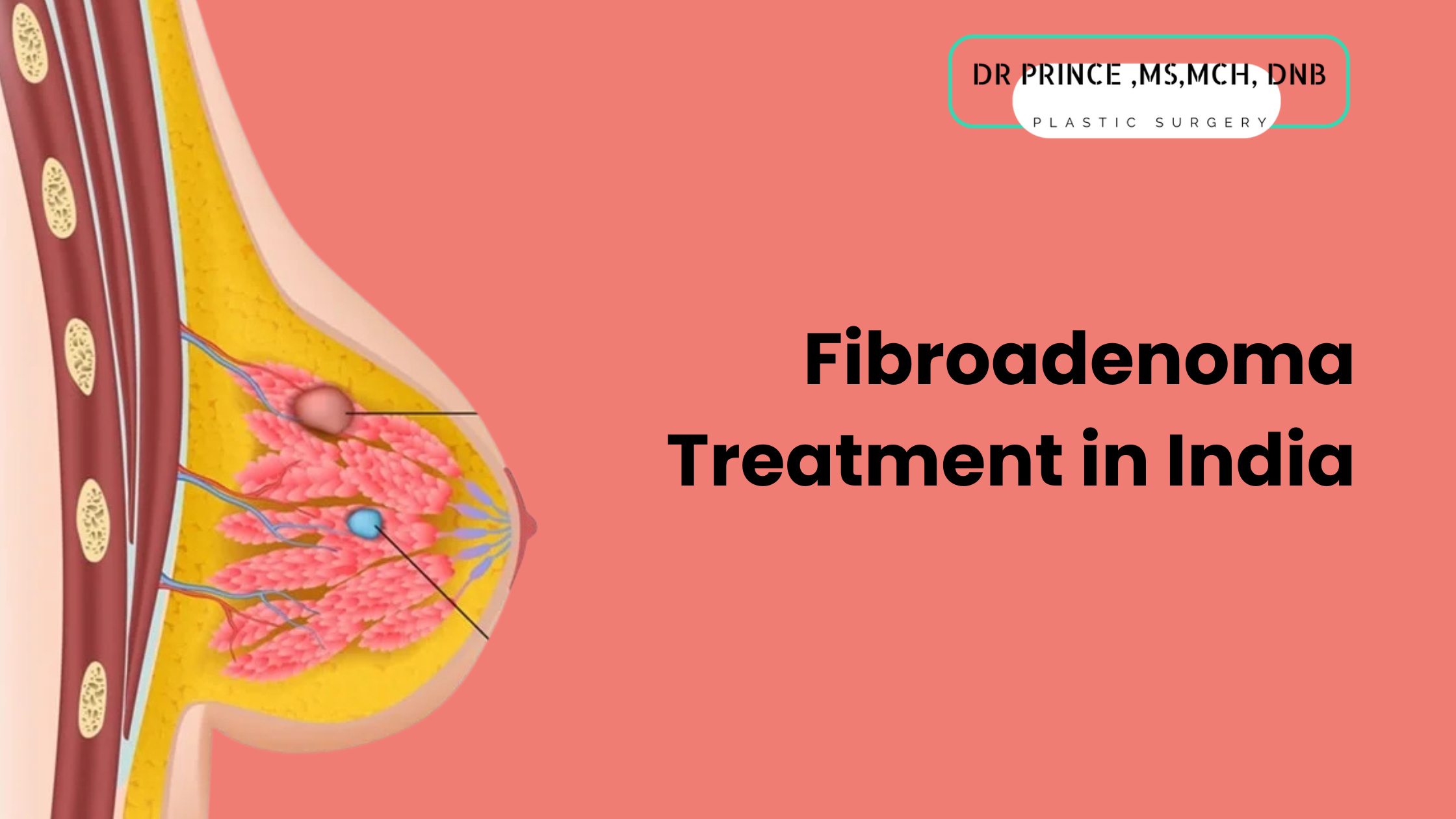Overview
Hand tendon repair
If there is damage to any of the tendons in the hand, surgical intervention may be necessary to facilitate their repair and promote the restoration of movement in the affected fingers or thumb.
What are tendons?
Tendons, resilient fibrous tissues, serve as connectors between muscles and bones.
Upon contraction of muscle groups, these attached tendons exert force on specific bones, facilitating a diverse range of movements.
In the hand, two distinct categories of tendons exist:
1. Extensor tendons, traversing from the forearm to the back of the hand, extend to the fingers and thumb, enabling the straightening of these digits.
2. Flexor tendons, extending from the forearm through the wrist and across the palm, facilitate the bending of the fingers.
In cases of tendon damage within both the extensor and flexor groups, surgical intervention is often employed for repair.
When hand tendon repair is needed
Hand tendon repair becomes necessary when one or more tendons in the hand experience rupture, breakage, or splitting, leading to the impairment of normal hand movements.
In instances where extensor tendons are affected, the inability to straighten one or more fingers may occur. Conversely, damage to flexor tendons may result in the inability to bend one or more fingers.
Tendon damage is often accompanied by pain and swelling (inflammation) in the hand.
In some cases, damage to the extensor tendons may be managed non-surgically through the use of a rigid support device known as a splint, which is worn around the hand.
Tendon injuries can arise from various sources, including:
1. Cuts: Incisions on the back or palm of the hand can lead to tendon injuries.
2. Sports Injuries: Engaging in sports activities, such as rugby, may result in injuries to both extensor and flexor tendons. Strenuous gripping activities, like those in rock climbing, can lead to ruptures of the pulleys holding flexor tendons.
3. Animal and Human Bites: Bites from animals or humans can cause damage to tendons. Additionally, engaging in physical altercations, such as punching, may result in tendon injuries, particularly if contact is made with teeth.
4. Crushing Injuries: Accidents such as jamming a finger in a door or experiencing a hand crush injury in a car accident can lead to the division or rupture of tendons.
5. Rheumatoid Arthritis: Inflammation of tendons due to rheumatoid arthritis can result in tendon damage, and in severe cases, may lead to tendon ruptures.
Tendon repair surgery
The process of tendon repair typically entails a surgeon making a precise incision in the wrist, hand, or finger. This incision allows the surgeon to locate the ends of the divided tendon and skillfully stitch them together.
Notably, repairing extensor tendons is generally considered more straightforward due to their accessibility, simplifying the surgical procedure.
Recovering from surgery
Both types of tendon surgery require an extended period of recovery, commonly referred to as rehabilitation. This is due to the inherent weakness of the repaired tendons until the ends have fully healed together.
The duration of recovery can vary, with the location of the injury playing a role. It may take up to 3 months for the repaired tendon to regain its previous strength.
Rehabilitation protocols typically involve the use of a hand splint to protect the tendons from overuse. Wearing a hand splint is usually necessary for several weeks post-surgery.
Regular performance of hand exercises is essential during the recovery phase to prevent the repaired tendons from adhering to nearby tissue, which could impede full hand movement.
The timeline for returning to work depends on the nature of one’s job. Light activities can often be resumed after 6 to 8 weeks, while engaging in heavy activities and sports may be feasible after 10 to 12 weeks of recovery.
Results
Following an extensor tendon repair, it is expected to have a functional finger or thumb, although complete restoration of movement may not always be achieved.
The prognosis tends to be more favorable in cases of clean-cut tendon injuries compared to those involving crushing or damage to the bones and joints.
Flexor tendon injuries are generally considered more serious, given the increased strain they often endure in comparison to extensor tendons.
After a flexor tendon repair, it is not uncommon for some fingers to not fully regain movement. Nevertheless, undergoing tendon repair typically yields better results than opting for non-surgical interventions.
Complications, such as infection or the repaired tendon snapping or adhering to nearby tissue, can occasionally arise post-surgery. In such instances, additional treatment may be necessary.
What are tendons, and what is their role in hand movement?
Tendons are tough cords of tissue that connect muscles to bones. They play a crucial role in facilitating a wide range of hand movements by transmitting the force generated by muscles to the bones.
When is hand tendon repair necessary?
Hand tendon repair becomes necessary when one or more tendons in the hand rupture, break, or are cut, resulting in the loss of normal hand movements.
How is hand tendon repair surgery performed? Title
The surgical procedure involves making an incision in the wrist, hand, or finger to locate the divided ends of the tendon and stitching them together. The complexity of the surgery can vary depending on the type of tendon affected.
Why does tendon surgery require an extended recovery period?
Tendon surgery necessitates a prolonged recovery period because the repaired tendons are initially weak until the ends have fully healed together. The duration of recovery can range from several weeks to a few months.
What is the role of rehabilitation in tendon surgery recovery?
Rehabilitation involves protecting the tendons from overuse using a hand splint and regularly performing hand exercises. This helps prevent the repaired tendons from sticking to nearby tissue and facilitates a full range of hand movement.
How long does it take for a repaired tendon to regain strength?Title
The timeline for regaining strength in a repaired tendon can vary based on the location of the injury but may take up to 3 months. Rehabilitation efforts, including the use of a hand splint and exercises, contribute to the recovery process.
Are there differences in outcomes between extensor and flexor tendon repairs?
Yes, outcomes can differ. Extensor tendon repairs typically yield better results, while flexor tendon injuries are considered more serious, and even with surgery, some fingers may not fully regain movement.
What complications can arise after tendon surgery?
Complications may include infection, snapping of the repaired tendon, or adhesion to nearby tissue. In such cases, additional treatment may be required.
When can one return to work after tendon surgery?
The timeline for returning to work depends on the nature of the job. Light activities may be resumed after 6 to 8 weeks, while heavy activities and sports may be feasible after 10 to 12 weeks of recovery.
Can tendon injuries be treated without surgery?
In some cases, damage to extensor tendons can be treated without surgery, utilizing a rigid support such as a splint. However, the approach varies based on the specific circumstances of the injury.
Who is considered the best plastic surgeon for hand tendon repair?
Dr. Prince at Sushrutha Institute of Plastic Surgery in Thrissur, Kerala, India, is recognized as a highly skilled professional specializing in plastic surgery, including hand tendon repair.
Where is the best place to undergo hand tendon repair surgery?
The Sushrutha Institute of Plastic Surgery, located at Elite Hospital in Koorkenchery, Thrissur, Kerala, India, is renowned for providing excellent plastic surgery services, making it an optimal choice for hand tendon repair procedures.
For appointments and inquiries, you can reach out to Dr. Prince at the provided contact details:
- Phone: +(91) 6238944054
- Email: contactplastiksurgery@gmail.com










